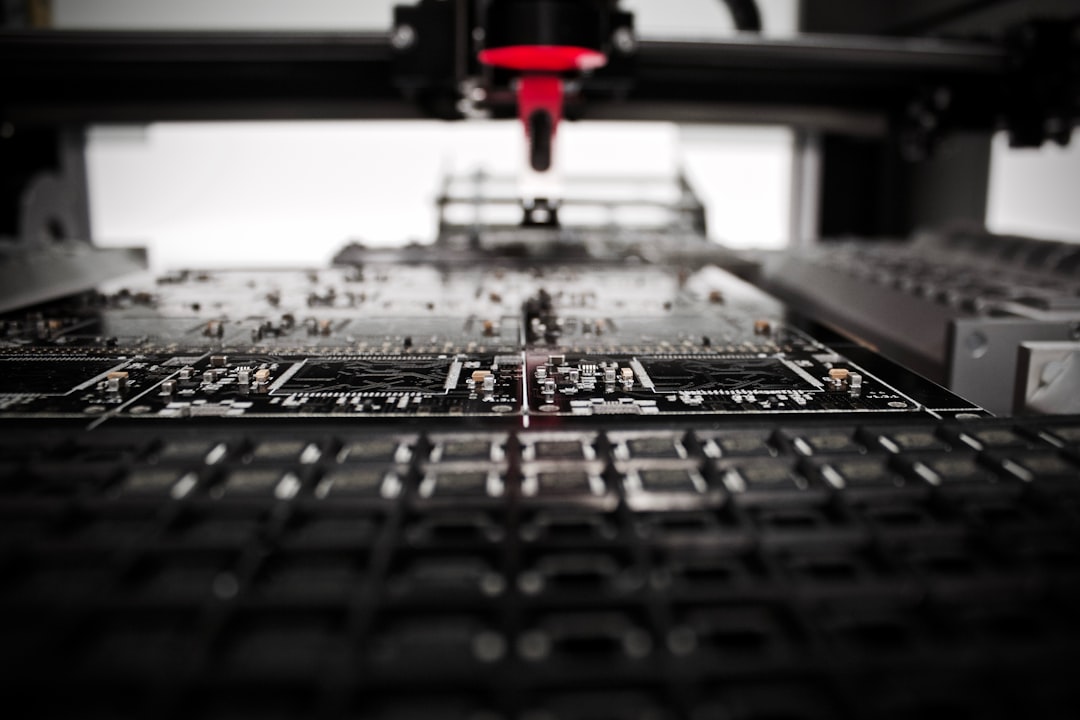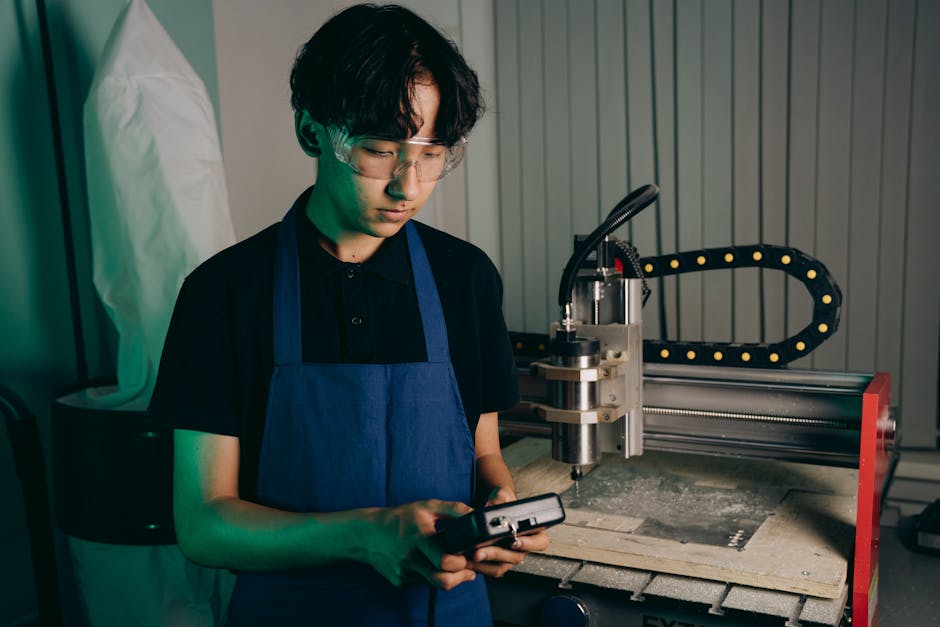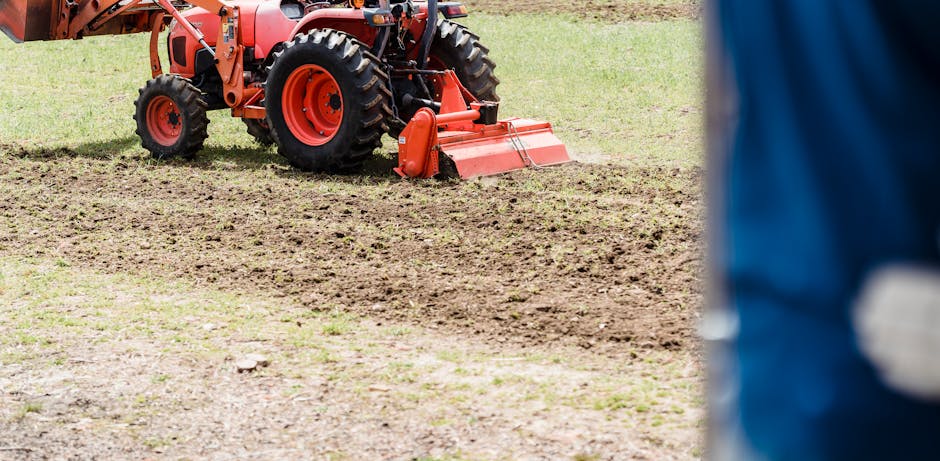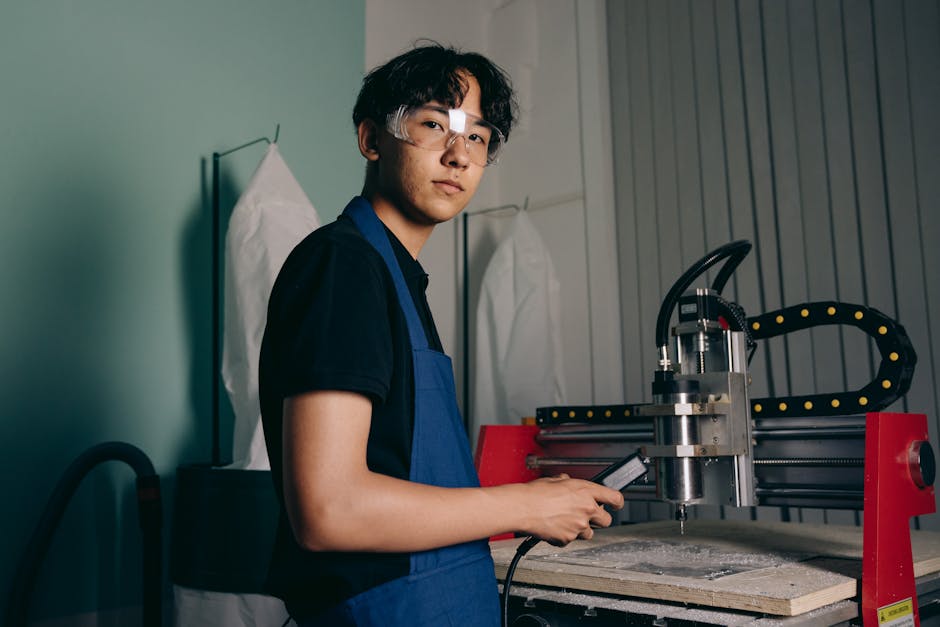Precision manufacturing company—if you need CNC precision machining and high-quality components, you’ve come to the right place. These companies are the backbone of creating incredibly accurate and reliable parts for various industries. Let’s break down what this means:
-
CNC Machining: The heart of precision manufacturing, using advanced technology to achieve tight tolerances. Imagine parts crafted with such precision that they’re crucial for everything from airplanes to medical devices.
-
High-Quality Components: These are not your average nuts and bolts. Precision components ensure machinery runs smoothly and lasts longer, making them invaluable to manufacturers worldwide.
With over 55 years of expertise demonstrated by leaders like Portland Precision Manufacturing, the precision manufacturing field is about excellence in crafting highly specialized parts. The fusion of cutting-edge CNC machining and rigorous standards guarantees only top-tier results.
Stay tuned as we dive deeper into this world, exploring how these components drive innovation and reliability across sectors.

Understanding Precision Manufacturing
Precision manufacturing is all about creating parts that fit perfectly, like puzzle pieces, using CNC machines. Imagine building a complex jigsaw puzzle where every piece must match exactly, or the whole picture falls apart. That’s the essence of precision engineering.
Precision Engineering
In precision engineering, everything revolves around accuracy. It’s a meticulous process that ensures each component is made to exact specifications. This precision is crucial because even a tiny error can lead to big problems, especially in industries like aerospace and medical devices.
To achieve this level of accuracy, CNC machines (Computer Numerical Control machines) play a vital role. These machines are like the maestros of manufacturing, orchestrating the creation of parts with incredible precision. They follow detailed blueprints to cut, shape, and drill materials, ensuring every piece is just right.
The Precision Industry
The precision industry is vast and diverse. It covers everything from the tiny components in your smartphone to the intricate parts of a jet engine. This industry is the backbone of modern technology, enabling the production of reliable and efficient devices.
Companies like TMC Technologies have been at the forefront of this industry for over five decades. They’ve mastered the art of tight tolerance machining, where parts are crafted with tolerances as tight as ±0.0005 inches. This level of precision is essential for creating components that can withstand extreme conditions and perform flawlessly.
CNC Machines: The Heart of Precision Manufacturing
CNC machines are the workhorses of precision manufacturing. They automate the production process, reducing human error and ensuring consistency. These machines can handle a wide range of materials, from metals to exotic resins, making them versatile tools for creating complex parts.
One standout feature of CNC machines is 5-axis machining. This advanced technology allows for the creation of intricate 3D parts with best precision. It’s like having a sculptor who can carve out any shape imaginable, no matter how complex.
In summary, precision manufacturing is a blend of art and science, where every detail matters. It’s about crafting components that not only meet but exceed quality standards. As we explore further, we’ll see how these precision machined parts find applications in various industries, driving innovation and reliability.
CNC Precision Machining: The Core of Precision Manufacturing
When it comes to precision manufacturing, CNC precision machining is at the heart of the process. It’s all about achieving the highest level of accuracy and consistency in creating parts. Think of it as crafting a masterpiece where every detail counts.
Precision CNC Machining
At the core of CNC precision machining is the ability to produce parts with extreme accuracy. This is essential for creating components that fit together perfectly, just like the pieces of a complex puzzle. CNC machines use computer-controlled tools to shape and cut materials with incredible precision. This ensures that every part meets exact specifications, reducing the risk of errors.
Tight Tolerance Machining
Tight tolerance machining takes precision to the next level. It involves manufacturing parts with minimal deviations from the specified dimensions. For industries like aerospace and medical devices, tight tolerances are crucial. Even the smallest error can have significant consequences. Companies like TMC Technologies excel in this area, delivering parts with tolerances as tight as ±0.0005 inches.

5-Axis Machining
One of the most advanced techniques in CNC machining is 5-axis machining. Unlike traditional 3-axis machines, 5-axis machines can move in five directions, allowing for the creation of complex 3D shapes. Imagine a sculptor who can carve intricate designs from any angle. That’s what 5-axis machining offers. It enables manufacturers to produce parts with best precision and complexity.
In summary, CNC precision machining is the backbone of precision manufacturing. It’s about creating parts that meet the highest standards of accuracy and quality. From tight tolerance machining to the capabilities of 5-axis machines, these technologies ensure that every component is crafted to perfection. Next, we’ll explore how these precision machined parts find applications across various industries, driving innovation and reliability.
Precision Machined Parts: Applications and Industries
Precision machined parts are critical in several industries, each requiring exact specifications and high-quality standards. Let’s explore how these components are used in aerospace, medical devices, electronics, and defense.
Aerospace
In the aerospace industry, precision is not just important—it’s essential. Components need to perform flawlessly under extreme conditions. Precision CNC machining ensures that parts meet the stringent tolerances required, often tighter than ±0.0001 inches. This level of accuracy guarantees the safety and reliability of aircraft and spacecraft. TMC Technologies, with its advanced CNC technology, produces complex parts that are crucial for aerospace applications.
Medical Devices
The medical device industry relies heavily on precision parts to ensure patient safety and device effectiveness. From surgical tools to implants, each component must be made with the utmost care. Precision machining allows for the creation of parts from materials like stainless steel and titanium, which are essential for durability and biocompatibility. TMC Technologies is known for its ability to produce these high-quality medical components, meeting the rigorous standards of the healthcare sector.
Electronics
In electronics, precision machined parts are vital for the functionality of various devices. These components must be small, accurate, and reliable. Precision CNC machining enables the production of intricate parts that fit into the compact designs of modern electronics. TMC Technologies provides cutting-edge solutions that drive innovation in the electronics industry.
Defense
The defense sector demands equipment that can withstand harsh environments and perform reliably. Precision machined parts are essential for manufacturing everything from vehicle components to personal gear and weaponry. These parts must meet exact specifications to ensure durability and effectiveness. TMC Technologies combines traditional machining with advanced techniques to produce parts that exceed the stringent requirements of military applications.
Each of these industries relies on the expertise of TMC Technologies to deliver components that meet their specific needs. The ability to produce parts with tight tolerances and high precision is what sets TMC Technologies apart, driving innovation and ensuring quality across various sectors.
Frequently Asked Questions about Precision Manufacturing Companies
What is a precision manufacturing company?
A precision manufacturing company specializes in creating components with exact specifications. These companies use advanced technologies like CNC machining to produce parts with incredibly tight tolerances. This ensures that each piece is accurate and fits perfectly into larger systems. The focus is on quality and precision, making these companies crucial in industries where even the smallest error can lead to significant problems.
What does a precision engineering company do?
Precision engineering companies focus on designing systems and components that meet high standards of quality and accuracy. They plan every detail, from dimensions to materials, ensuring that the final product meets the client’s needs. This involves careful system design and a deep understanding of how each part will function in its environment. The goal is to create components that are not only precise but also reliable and efficient.
What is precision fabrication?
Precision fabrication involves changing raw materials, like sheet metal, into finished products. This process requires meticulous attention to detail to ensure that each component meets specific design criteria. Precision fabrication is essential for creating parts that are both functional and aesthetically pleasing. Whether it’s a complex aerospace component or a simple bracket, the focus is on achieving the highest quality and precision in the finished product.
Conclusion
At TMC Technologies, we pride ourselves on being a leader in the field of precision manufacturing. Our expertise in CNC lathe parts and custom applications sets us apart in the industry.
Our advanced CNC Precision Machining capabilities allow us to produce components with exceptional accuracy. We understand that in industries like aerospace, medical devices, and electronics, precision is not just a requirement—it’s a necessity. That’s why we focus on delivering parts that meet the highest standards of quality and reliability.
CNC Lathe Parts
Our CNC lathe parts are crafted with meticulous attention to detail. We use state-of-the-art machinery and cutting-edge techniques to ensure each part meets exact specifications. This precision helps our clients maintain the integrity of their larger systems, reducing the risk of malfunctions and enhancing overall performance.
Custom Applications
Every project is unique, and we specialize in creating custom applications custom to specific needs. Whether it’s developing a new tool design or providing comprehensive fabrication services, we have the skills and technology to deliver solutions that improve efficiency and accuracy. Our commitment to innovation means we are always looking for ways to push the boundaries of what is possible in precision manufacturing.
Choosing TMC Technologies means partnering with a company dedicated to excellence in every aspect of the manufacturing process. We invite you to explore how our expertise can help you achieve unparalleled success in your projects.





















